What is the good material of the coffee filter cup? What is the difference between ceramic filter cup, glass filter cup and resin filter cup?
Professional coffee knowledge exchange more coffee bean information please follow the coffee workshop (Wechat official account cafe_style)
The first thing to do when you rush into the door is to buy a filter cup first. But just a filter cup of what material to choose is tiring, in fact, different filter cup materials will have an impact on the brewed coffee, but what will be the specific impact? Coincidentally, the editor has a V60 filter cup made of resin, glass and ceramic, so let's make a comparison today to see what's the difference!
V60 filter cup
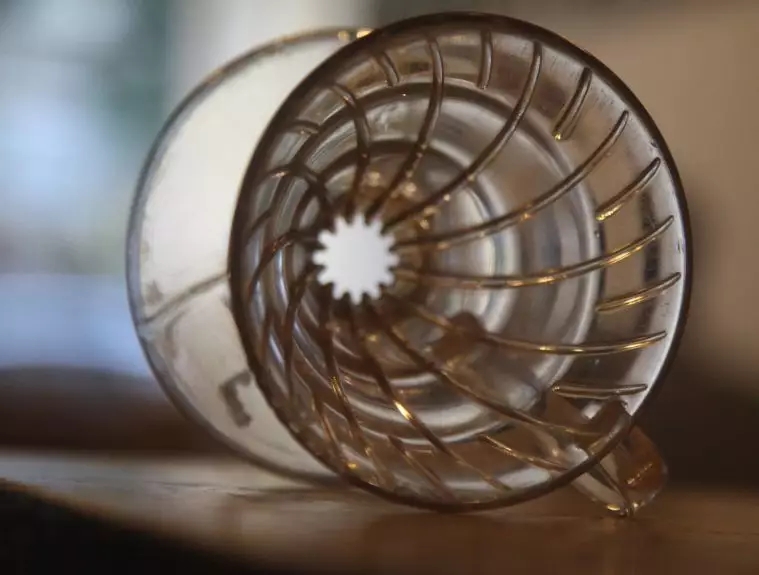
The V60 filter cup caters to many variables in coffee making, mainly in the design of these three points:
1. Cone at an angle of 60 degrees: this prolongs the time for the water to flow through the coffee powder to the center.
2. A large filter hole: this allows us to control the flavor of coffee by changing the flow rate of water.
3. Spiral pattern: this allows air to escape upward from all around to maximize the expansion of coffee powder.
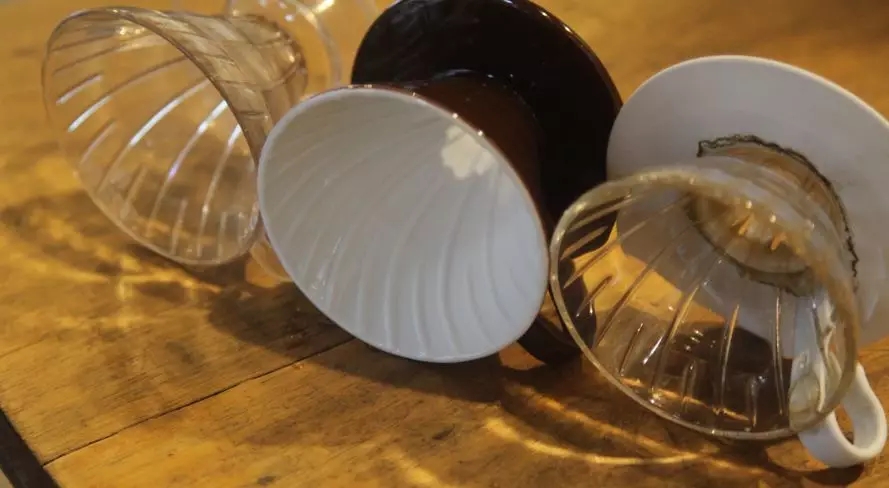
V60 filter cup uses a long and short spiral convex groove design, in the eyes of many people is to increase the breathable effect when stewing, but this is actually only one of the design factors. The spiral convex groove is designed to twist and squeeze the scoured water, and lengthen the extraction route while twisting and squeezing the water, increasing the contact time between coffee powder and water to ensure the complete extraction of coffee.
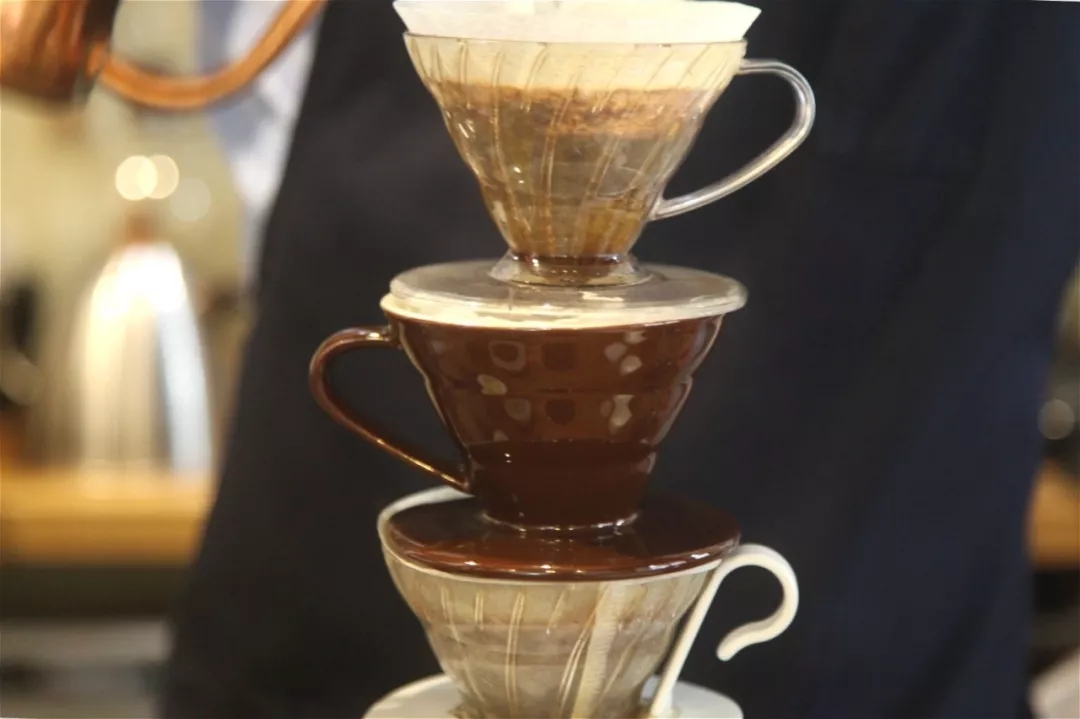
Compared with the straight path of falling into the water, the arc design of the convex groove of the filter cup shows that the path of water is obviously much longer, and the curved groove not only prolongs the contact time between coffee powder and water, but also makes the water level drop at the same time. Let the water flow concentrate along the spiral groove to the center of the filter cup, which is like cleaning the clothes by the whirlpool in the washing machine. The coffee powder is squeezed by the gravity of the falling water.
So does different materials have any effect on hedge cooking?
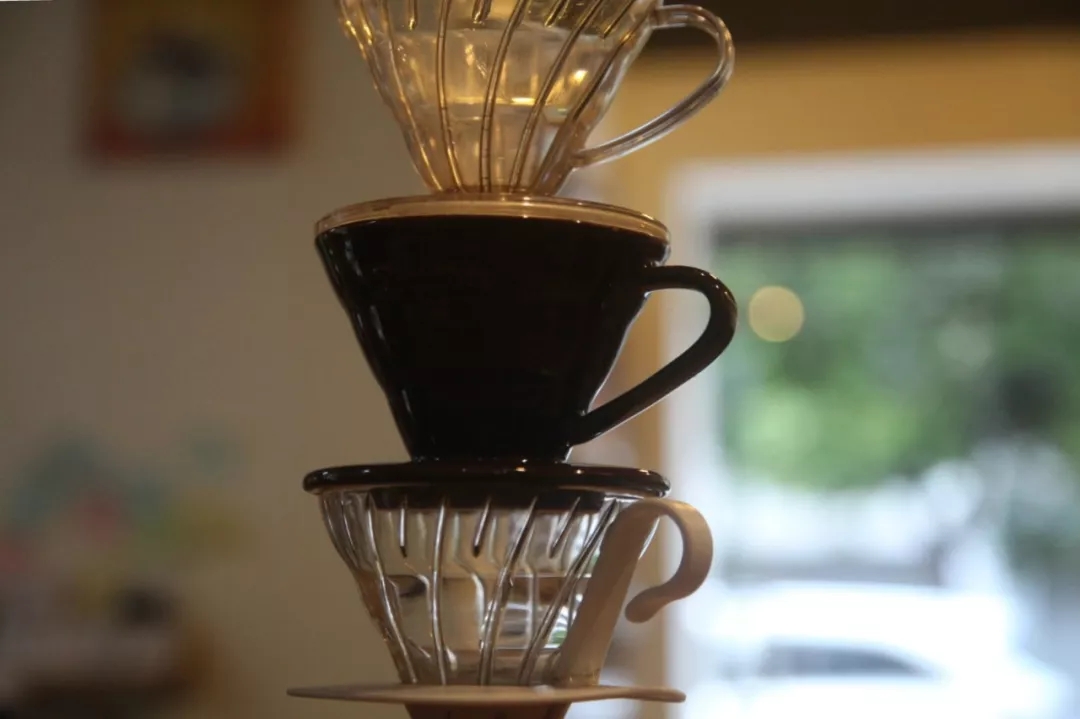
The editor first puts filter paper in the filter cup, and then directly pours it into 290 grams of cold water to see how much the flow rate of ceramic, resin and glass is.
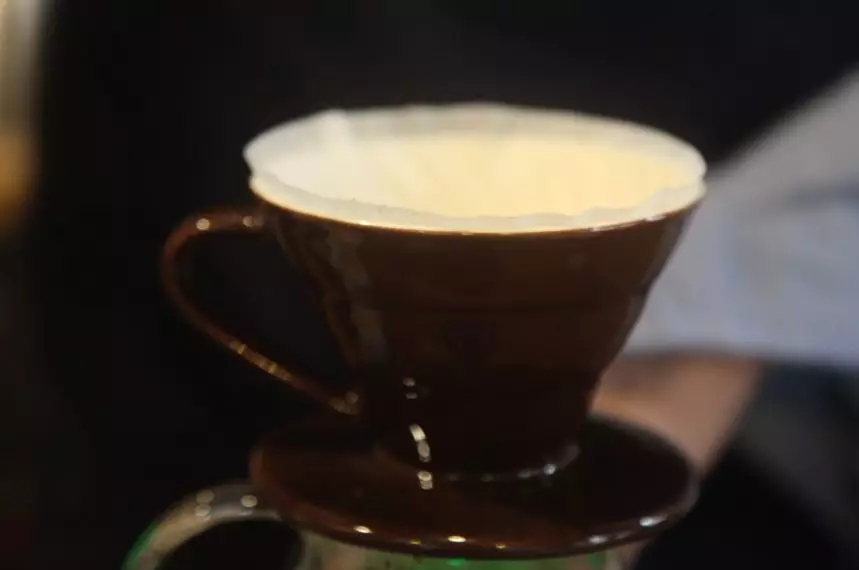
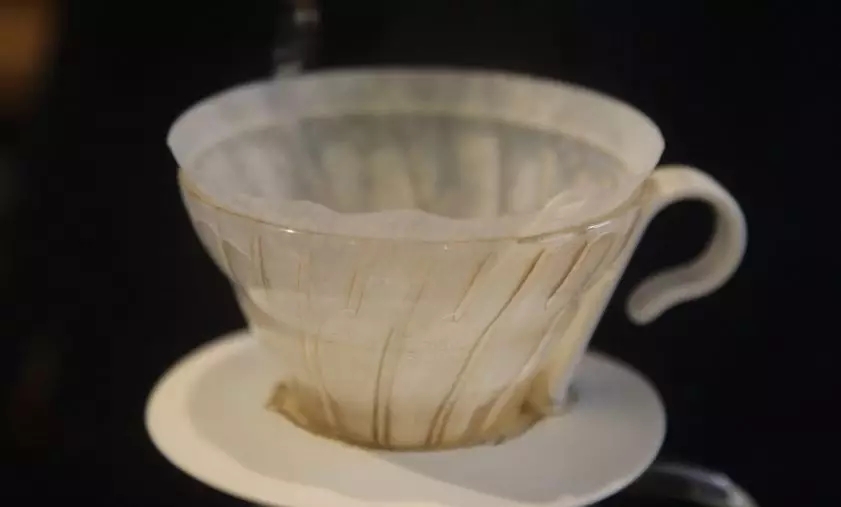

In terms of flow velocity, the flow rate of glass material is the fastest, that of ceramic material is the slowest, and that of resin material is between the two.
Then the editor uses Sidamo candlelight to try a pot of ceramic, resin and glass filter cups to see what will happen in the cooking process!
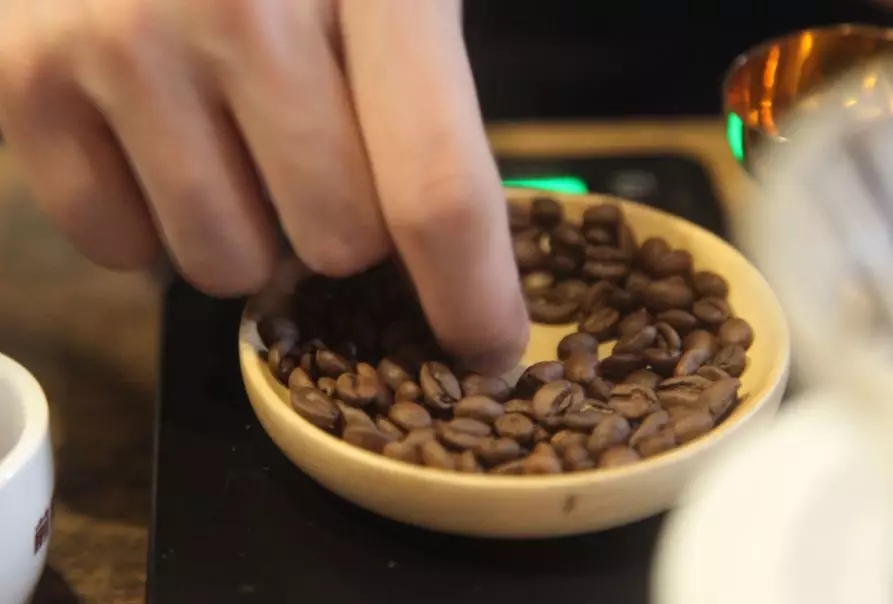
In order to reduce the error, the cooking data are all water temperature 89 ℃, grinding degree BG5R (Chinese standard No. 20 sieve pass rate 58%), 30g water steaming for 30 seconds, 120g section, 225g finish cooking. And there are warm cups and kettles before brewing.
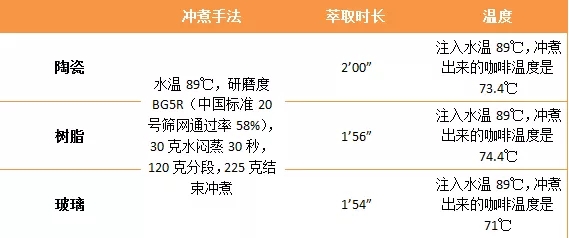
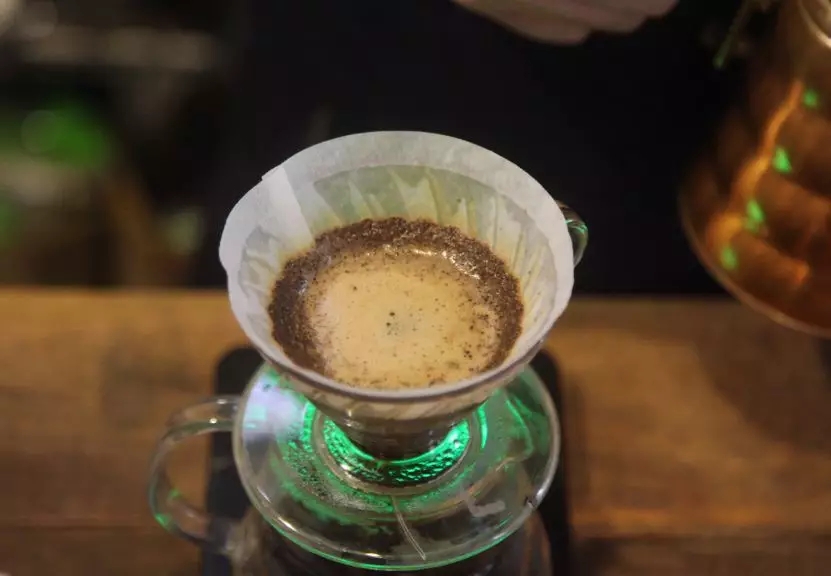
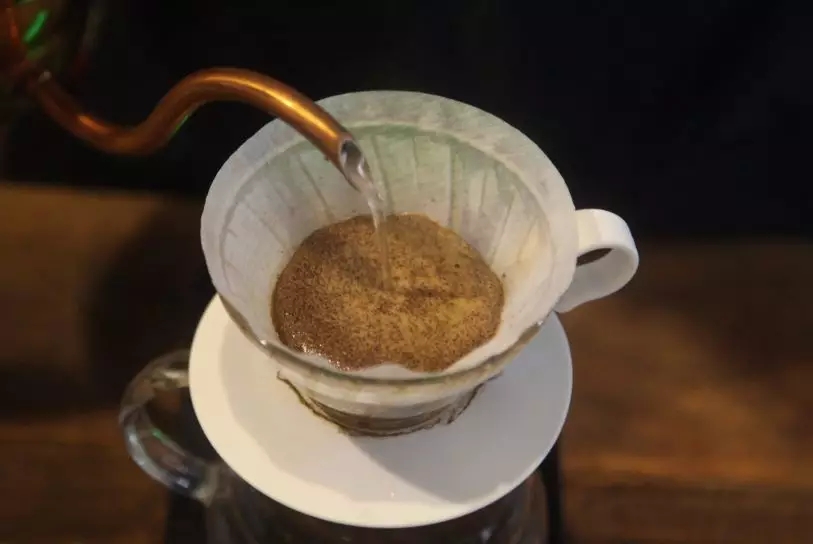
It is said that the ceramic material has good thermal insulation performance, so the editor tested the brewed coffee liquid again, but found that the thermal insulation performance of the resin filter cup is actually better, the glass dissipates heat faster, and the ceramic is between the two.
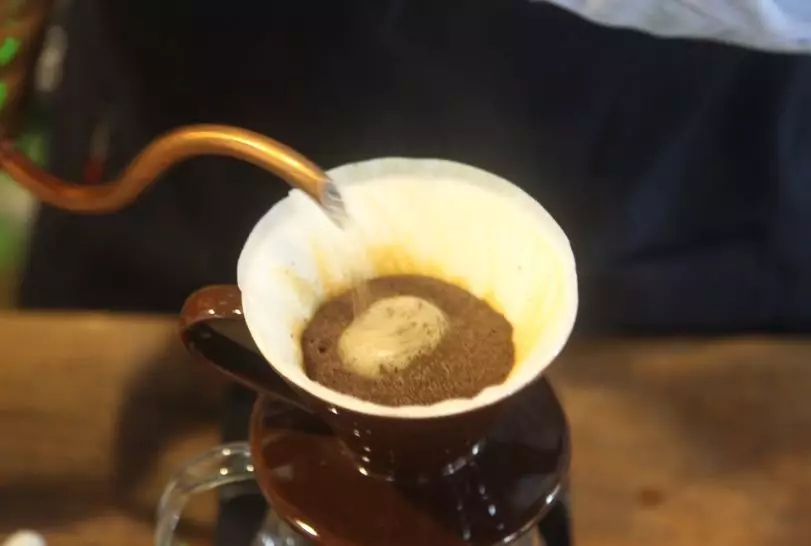
As for the flavor, the acidity of the candle cooked by the ceramic filter cup is brighter, and the flavor of tropical fruit and nectarine is more obvious; the flavor of the resin filter cup is with soft nectarine and sucrose flavor; the candle cooked by the glass filter cup is balanced and sweet. But the difference won't be too big, and it's hard to tell if you don't drink by comparison.
Summary
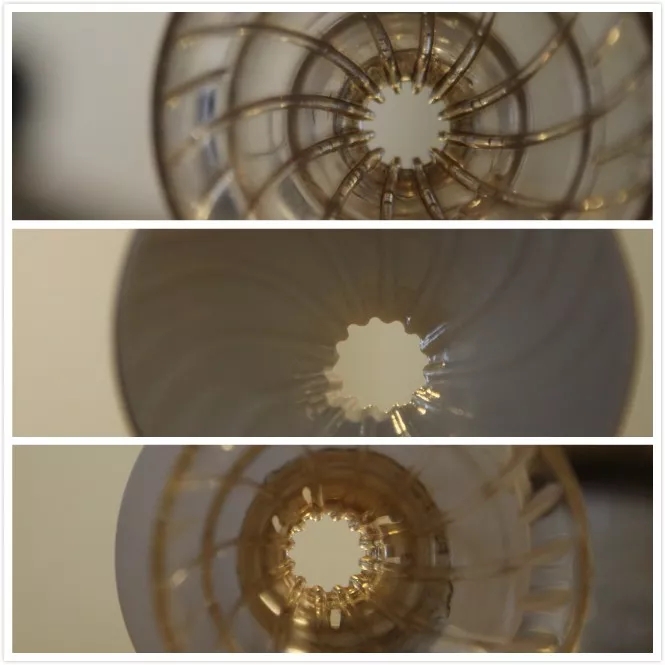
Flow rate: glass > resin > ceramic
Acidity: ceramic > resin > glass
Balance: glass > resin > ceramic
Heat preservation: resin > ceramic > glass
Because of the different materials of the filter cup, you should also take the material factor into account when you preheat it. It takes longer to heat ceramic filter cups than stainless steel, glass, plastic and copper. The reason for the difference in cooking is inseparable from the heat absorption and heat preservation capacity of each material. And the groove size of the filter cup also affects the results. So in order to show the flavor characteristics you want, you should also remember to consider the material of the filter cup.
Important Notice :
前街咖啡 FrontStreet Coffee has moved to new addredd:
FrontStreet Coffee Address: 315,Donghua East Road,GuangZhou
Tel:020 38364473
- Prev
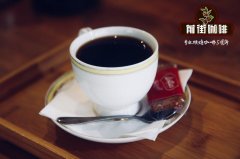
How to choose coffee beans to brew coffee? how to choose what baking degree is suitable for coffee beans?
Professional coffee knowledge exchange more coffee bean information Please pay attention to the coffee workshop (Wechat official account cafe_style) the filter pot is one of the utensils for making coffee, and it is still very easy to use. A French filter kettle is very similar to a tea maker. The biggest difference is that the mesh of the filter press is finer than that of the tea maker, mainly because the coffee powder is much smaller than the filter needed for tea.
- Next
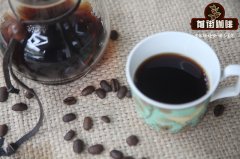
The difference between the proportion of powdered water and hand-brewed coffee in the pressure kettle.
Professional coffee knowledge exchange more coffee bean information please follow the coffee workshop (Wechat official account cafe_style) the coffee pot coffee beans please try to choose fresh, good quality coffee beans, usually use the pot beans, will compare the recommended [medium roast] [medium deep roast] or [deep roast], because the metal filter can fully extract the oil, the aroma of the coffee itself
Related
- What is the Philharmonic pressure? How to use Philharmonic pressure to make delicious coffee
- Why does a hand grinder have more fine powder than an electric grinder?
- In addition to the hot mom, what is the difference between the versions of EK43 | ditting and Mahdi ek43?
- What kind of equipment do you need to make coffee by hand? Introduction to novice starter cooking equipment tools
- Espresso needs to be ground how thick and thin scale entry Italian Coffee Machine Bean Grinder investigation and Grinding course
- How much does it cost to open a small private cafe? How much does it cost to learn coffee? How to operate it?
- The difference between the flavor characteristics of hand-brewed coffee and coffee maker is hand-brewed coffee really better than coffee maker? Can I use a coffee machine to make coffee beans by hand?
- The difference between 01 and 02 of hario v60 filter cup what is the difference between 01 and 02 filter cup opening and cooking flavor
- What's the difference between the smart cup and the French kettle? Which is better, the French kettle or the Smart Cup?
- What's the difference between a smart cup and a V60 filter cup? The difference between the taste of smart cup and hand-brewed coffee

